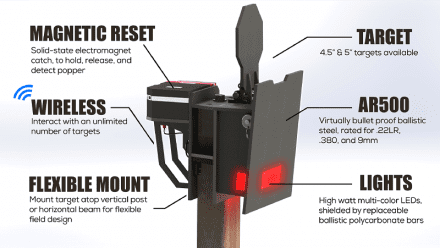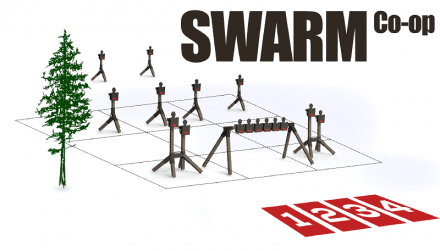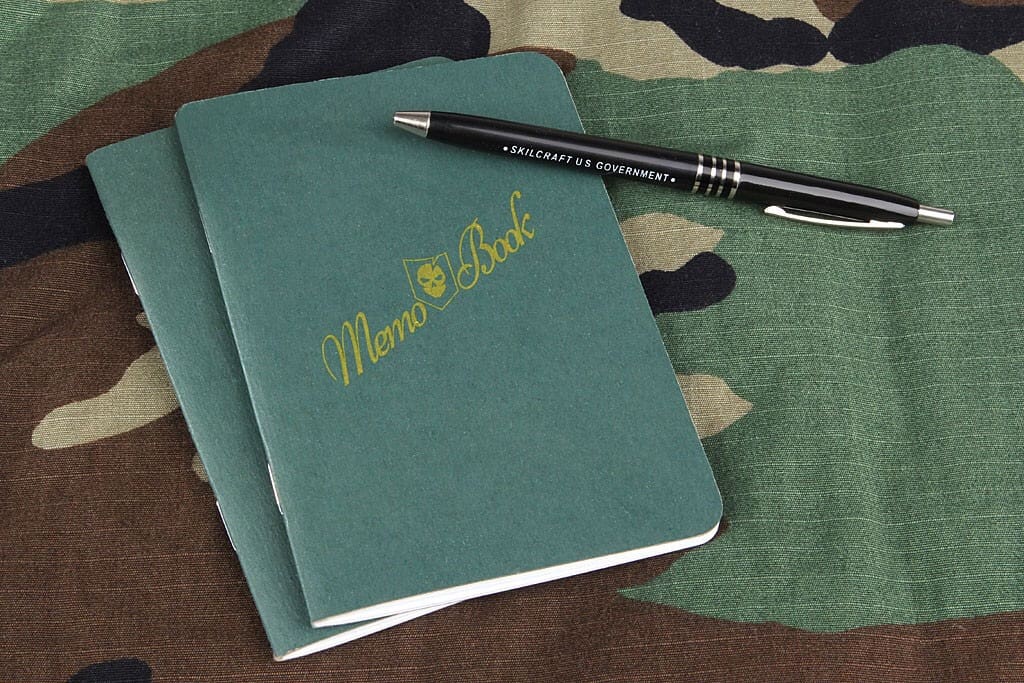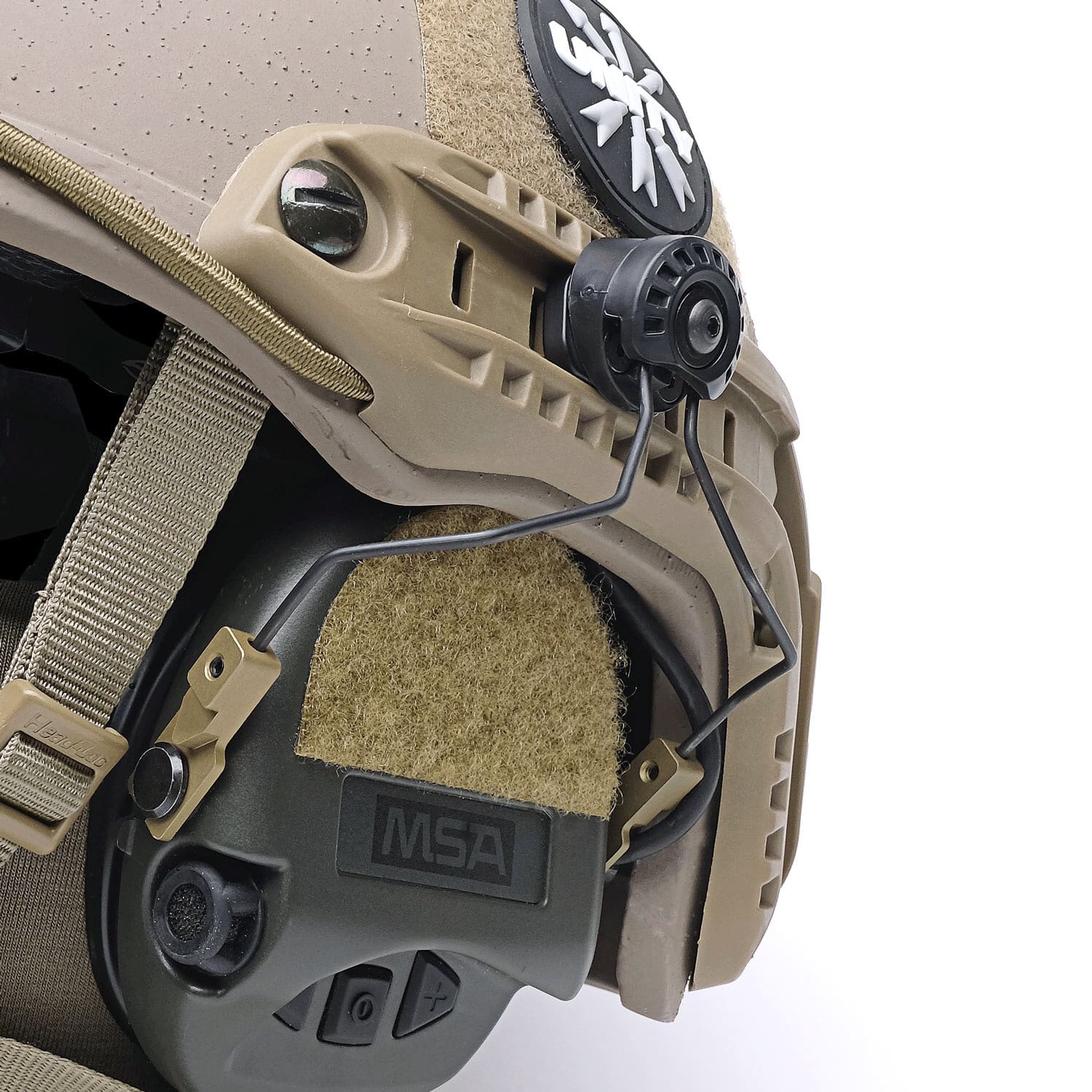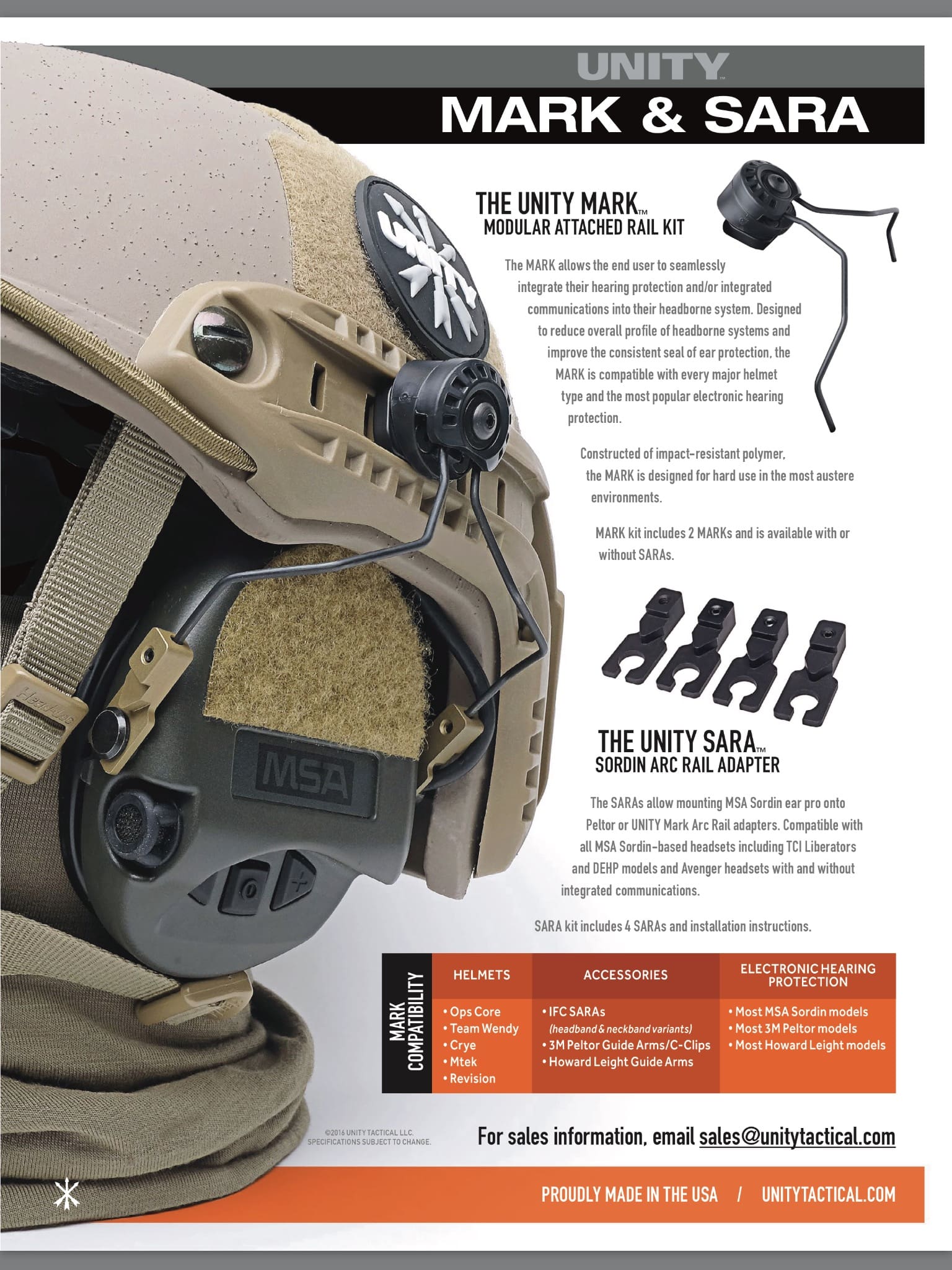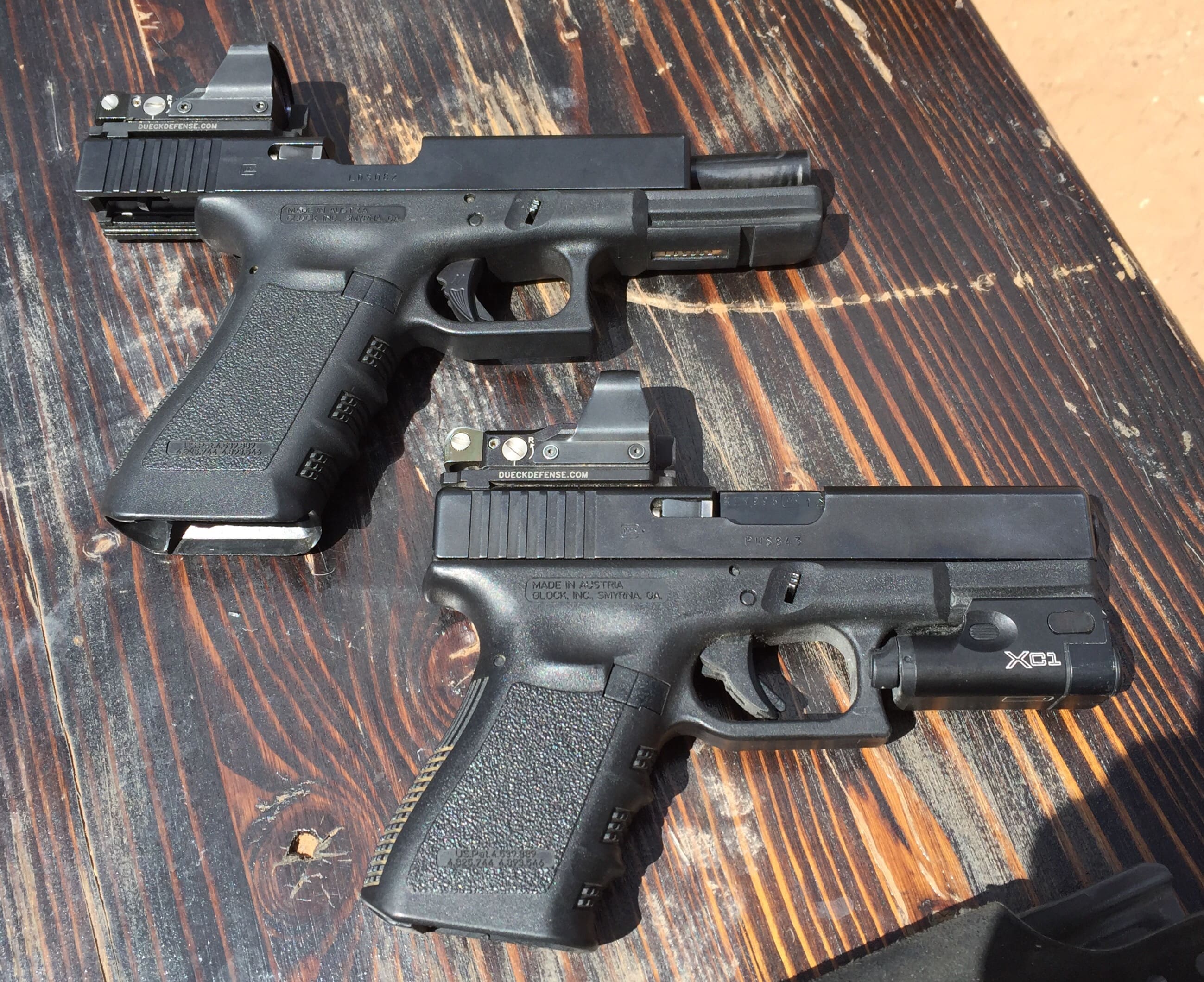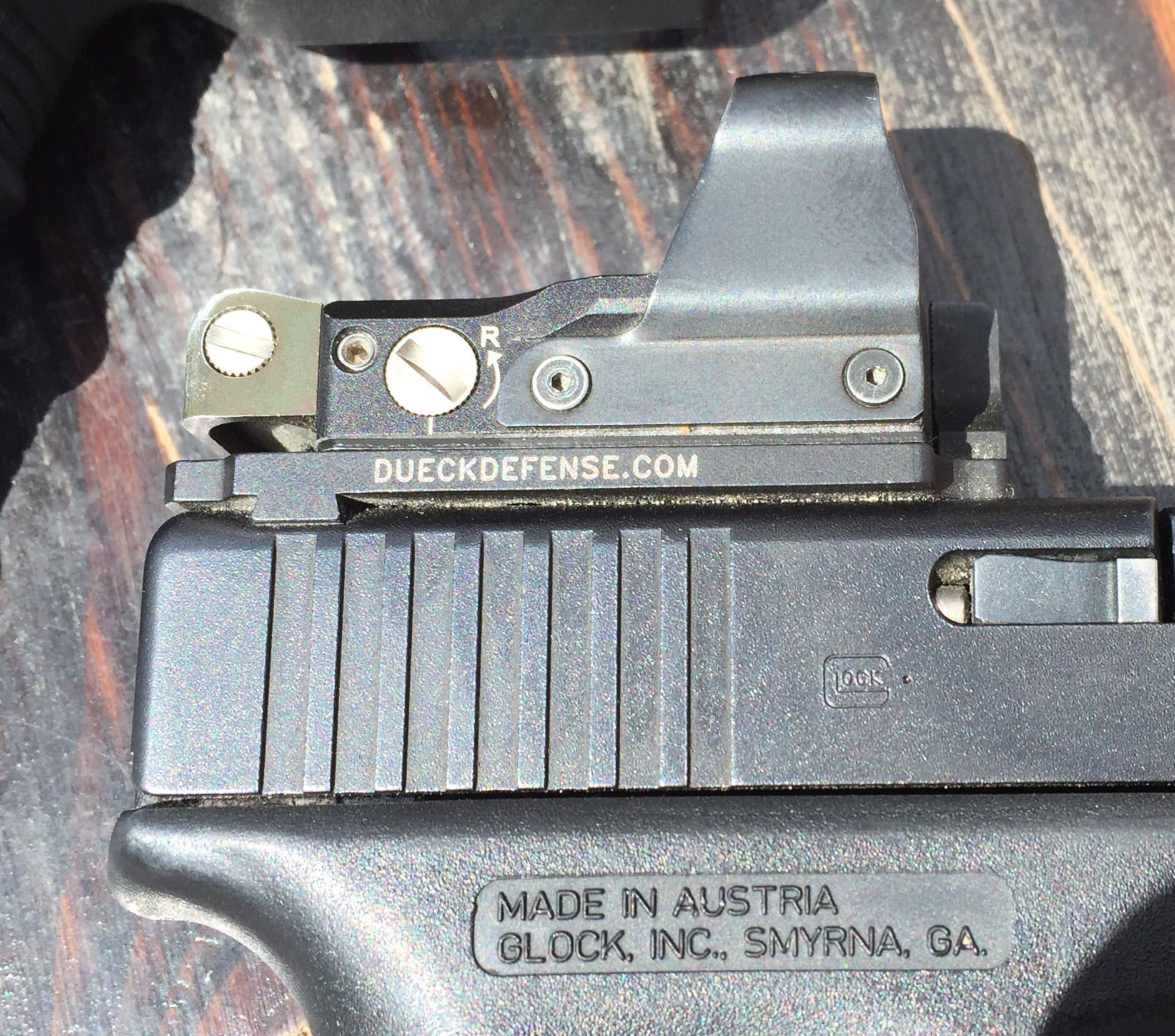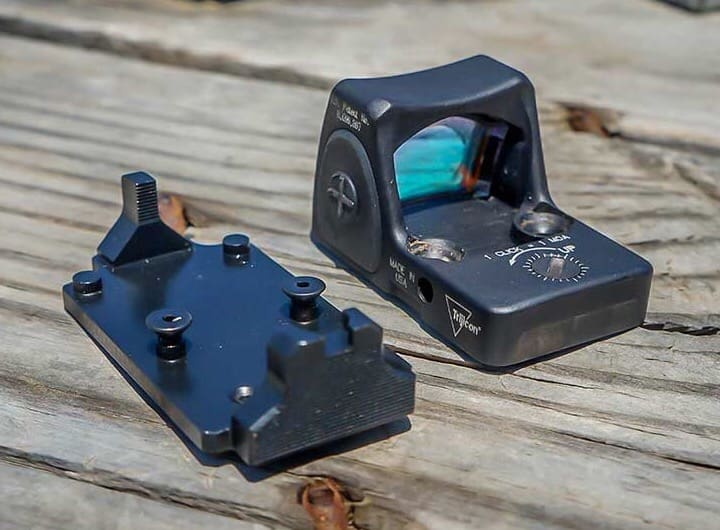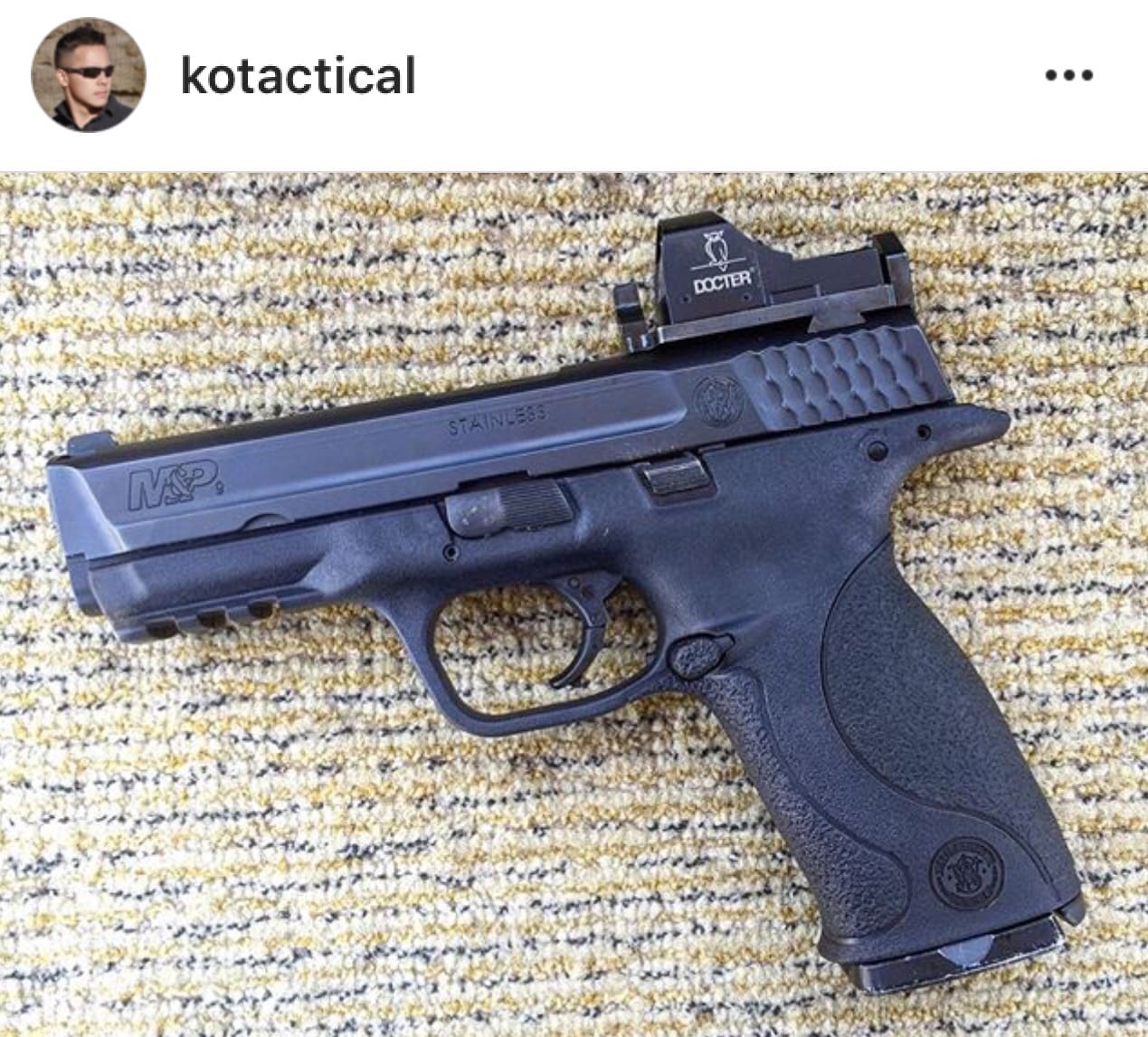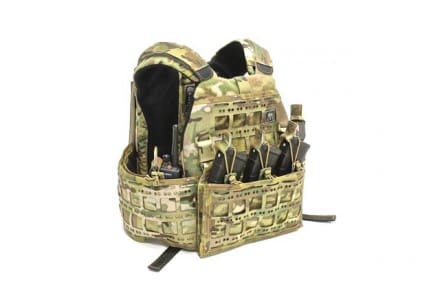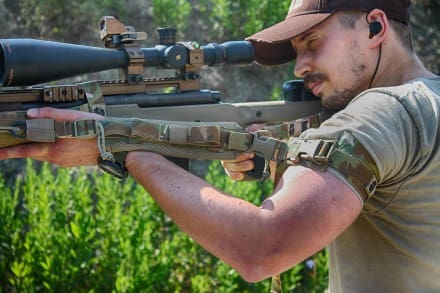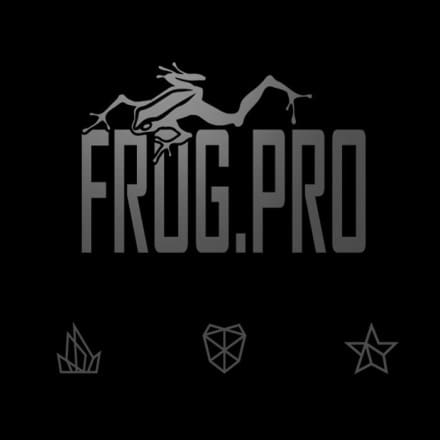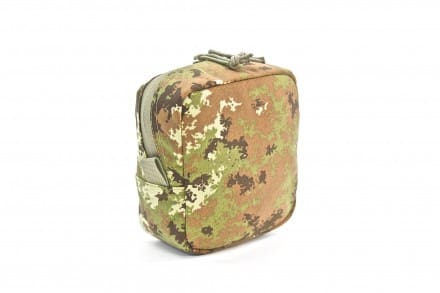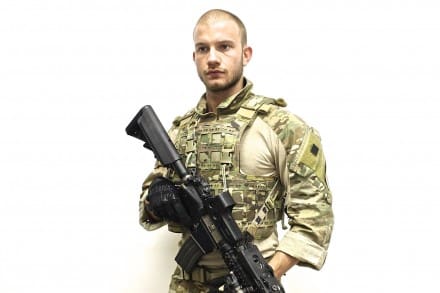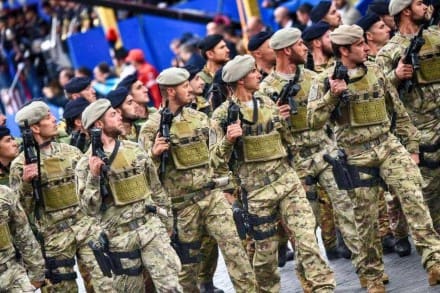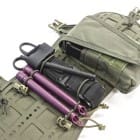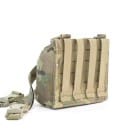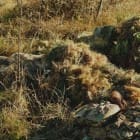New high Tech Shooting Target Inspired by Video Game Mechanics Brings the Virtual World to the Real World
Interactive High-Tech Steel Shooting Targets Use First-ever Magnetic Reset and Embedded LED Backlit Illumination to Reproduce Classic FPS Game Mechanics
Autonomous Alloys’ Digital Steel smart target system represents a huge leap forward in shooting target technology for the most common caliber ever made, the .22 LR.
Virtually all shooting targets become static and dull – paper can seen, but can’t be heard; steel can be heard, but can’t be seen. And even “reactive” targets tend to get monotonous after time. Autonomous Alloys has set out to redefine what a target is capable of and in doing so, created the world’s first electronic steel pop up target system that uses traditional first-person (FPS) video game modes to inspire it’s experience, and bring fun and training with interactive, multisensory shooting targets.
Powered by a lightening-fast electromagnet to control pop-up resets and a multi-colored backlit light bar for game feedback, Digital Steel targets combine visual and audio feedback in an extra-ordinary way – every target hit is a satisfying hit. And when wirelessly connected to other targets on the field, something extraordinary happens – game modes that were traditionally only available in video games can now be played down range with live fire. Fan favorites like Free-for-All and Domination from games like Doom, Halo, and Call of Duty, can be played in single player, co-op, and head-to-head modes. Training drills and run and gun modes provide real-world high-adrenaline scenarios and test everything from your double tap and reload skills, to speed and endurance.
Fast paced, intuitive, and fun for shooters of all ages, Digital Steel Smart Targets bring several new features never-before-seen in targets:
“Digital Steel Smart Targets are designed to be fun,” said Michael Campbell, co-founder of Autonomous alloys. “Casual and competitive players alike love the system for the charged feedback and action. It’s unlike any other live fire target shooting experience.”


